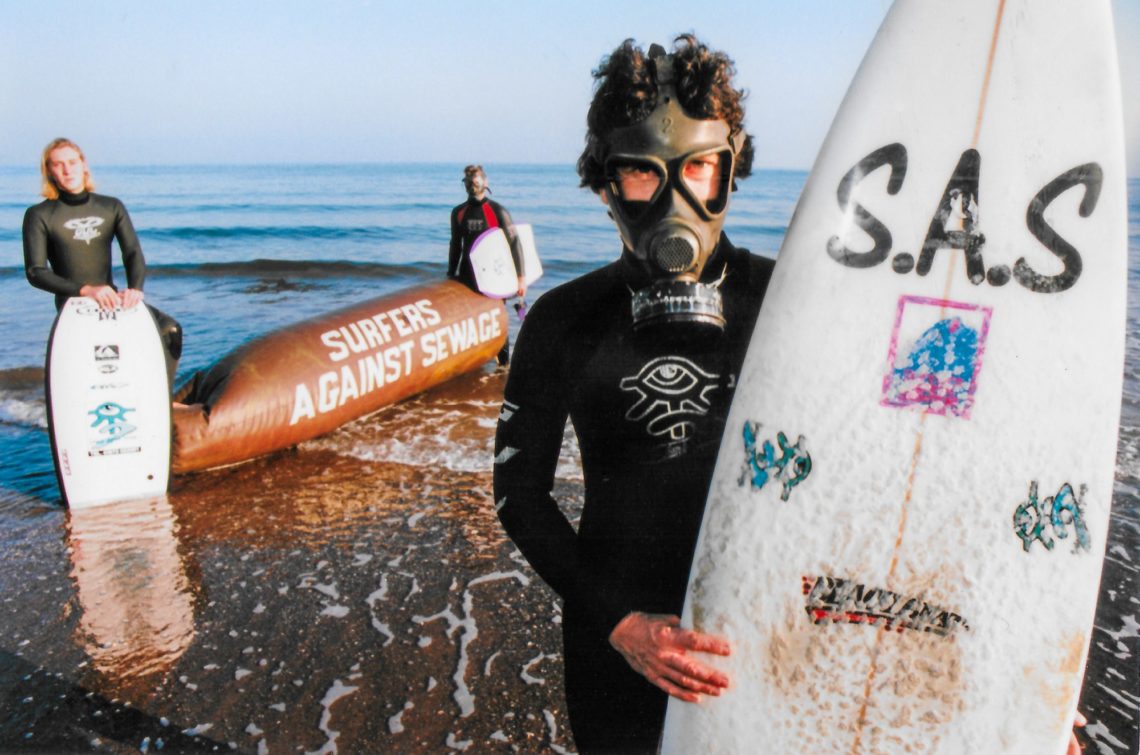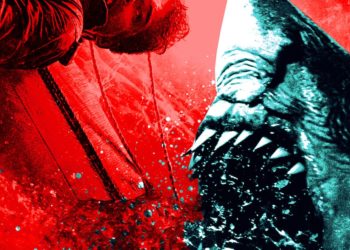Ancient cave paintings in Kona, Hawaii will tell you that early Polynesians invented surfing over 1,000 years ago. By the mid-20th century, it had become a vibrant subculture in hotspots like California and Western Australia, and soon youngsters the world over were falling in love with the image of toned, tanned dudes and dudettes repeatedly tumbling into the sea.
You’d expect most of these places to be vaguely compatible with such a lifestyle. Yet even though the country is known for its freezing beaches full of pale people and stones, the UK has its own rich waveriding history, too.
This summer, the National Maritime Museum Cornwall (NMMC) is exploring the lore, craft, and culture that underpins British surf heritage in ‘SURF! 100 Years of Waveriding in Cornwall.’
To celebrate the exhibition’s launch, we caught up with curator Dr Sam Bleakley to unpack the sport’s gnarly roots in the South West of England.
Waveriding took off in Cornwall in the early 1900s, with hobbyists riding flat, wooden boards known as ‘coffin lids’ that were built by carpenters in towns like Perranporth.
In the 1930s, increased railway advertising drew tourists en masse to Newquay, Bude, and Polzeath, where families embraced new plywood belly boards featuring a curved nose that made it easier to ride broken waves. “Surf-bathing” became a popular beach activity.
In the 1960s, fiberglass boards and stand-up surfing became popular off the back of “Hollywood-driven content,” says Bleakley, though they probably didn’t actually call it “content” back in those days. Young Cornish surfers like Chris ‘CJ’ Jones—a national and European champion by 1971, and pictured above—were heavily inspired in terms of style and performance by early surf magazines imported to shops in Newquay and St Ives.
Pictured here on Fistral Beach is Newquay native Simonne Renvoize, a “lynchpin to Cornish surf culture” known for her endeavors in surf-adjacent visual media. Renvoize created early Super 8 films in the 60s with her then-partner, quad-national surf champ Rod Sumpter. She later founded two of the UK’s first surf mags: British Surfer (1968-70) and Surf Insight (1971-74), which embraced British iconography such as the Union Jack in their marketing.
In 1971, Europe’s first surf camp—Skewjack Surf Village—opened on a former RAF base near Land’s End in Sennen. “It formed a vibrant cultural movement,” says Bleakley, hinting at the rampant drinking, beach BBQs, and hungover surf lessons that took place there.
For £1 a day, guests would be driven to the beach in an old ambulance—affectionately known as ‘Amy’—and returned to the village at night to party and then crash out on grotty army beds. “The best stories are censored,” says Bleakley.
The sport had diversified by the late 80s. Shortboards were dominant; they were better for riding bigger and more challenging waves. But the older longboards were appealing again to surfers keen to reconnect with small-wave surfing. Roger Mansfield—a 1970 British surf champion, later the author of The Surfing Tribe—helped spearhead the revival. His Offshore Surfing School, inspired by the ski schools in the Alps, allowed new riders to take advantage of the larger boards’ safeness and buoyancy, kick-starting a new generation of enthusiasts.
The atmosphere in these modern shots is “quite indicative” of Cornwall, says Bleakley. “The beautiful water color, the limitless horizon, the wheat-colored air, and the geology… it all influences the kind of surfing you do.”
The photographer, Luke Gartside, is the former editor of Europe’s longest-running surf publication Wavelength (est. 1981). Based in Newquay, it’s a benchmark of “a robust industry of Cornish surf magazines,” encompassing other titles like Carve and Surf Girl.
Surfers Against Sewage was founded in 1990 to protest the “400 million gallons” of untreated filth being discharged around the UK coast each day. “We were sick of surfing in human sewage and coming up with panty liners or condoms stuck in our hair,” founder Chris Hines tells VICE. Campaigns with gas masks, coffins, and inflatable turds made headlines.
They even took their fight to the European Parliament. The Cornish organization remains one of the UK’s most successful marine conservation charities, with over 100,000 supporters.
Lucia Griggi was a beach lifeguard and surf instructor in Cornwall before sparking a passion for photography. Her globe-spanning work has since earned awards from National Geographic and appeared in Time magazine and on the BBC. “Being one of the first women to be published in the surf world, both in Cornwall and globally, helped pave the way for many other women being in the line-up as photographers,” she says. The message of her ‘Surf Lecture’ at the Museum is “resilience—and never giving up.”
Other exhibition highlights include ‘artboards’ from surfer Maia Norman’s collection. “The red one is a Julian Schnabel,” says Bleakley, referring to the New York artist who directed the 1996 biopic, Basquiat. “It was too good not to include.”
The ‘butterfly board’ is a previously unseen piece from 2008 by Norman’s former partner: Turner Prize-winning artist Damien Hirst. For the piece, he cast butterflies in resin on a board shaped by Cornish board builders Ben Skinner and Jason Gray. “The surfboard can be a big canvas,” says Bleakley.
‘SURF! Waveriding in Cornwall’ is open now and runs to January 2027 at the National Maritime Museum in Cornwall
The post Surf’s Up! Photos of Freezing, Pale British People Riding the Waves appeared first on VICE.




